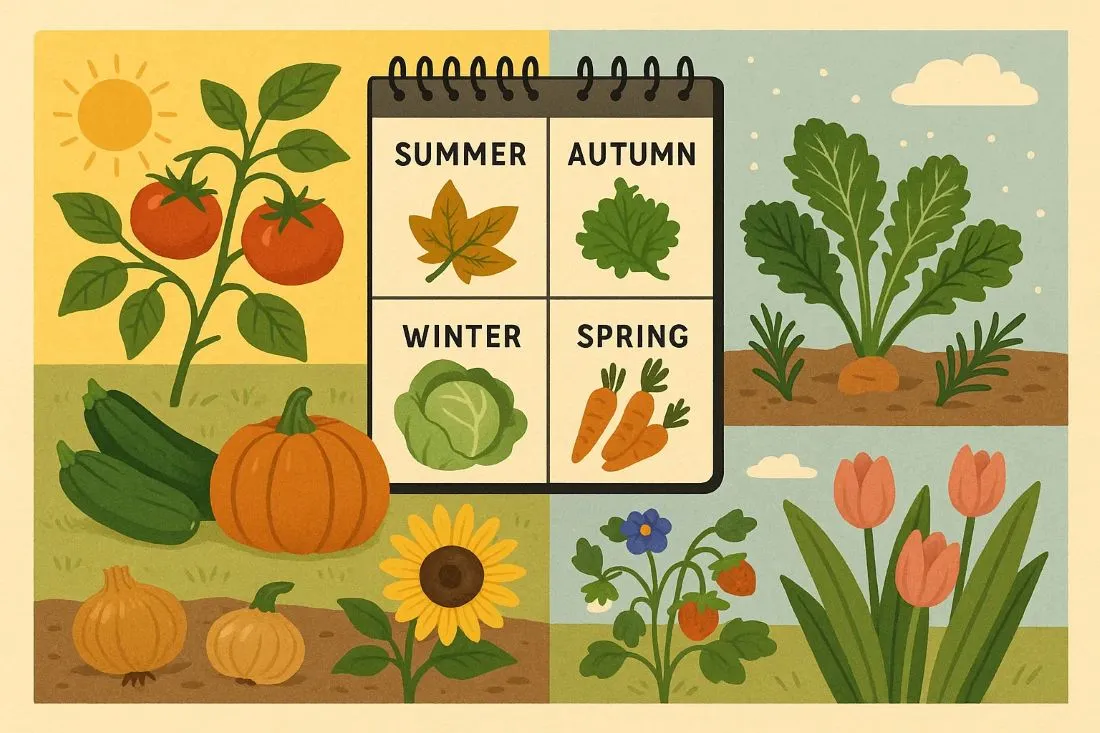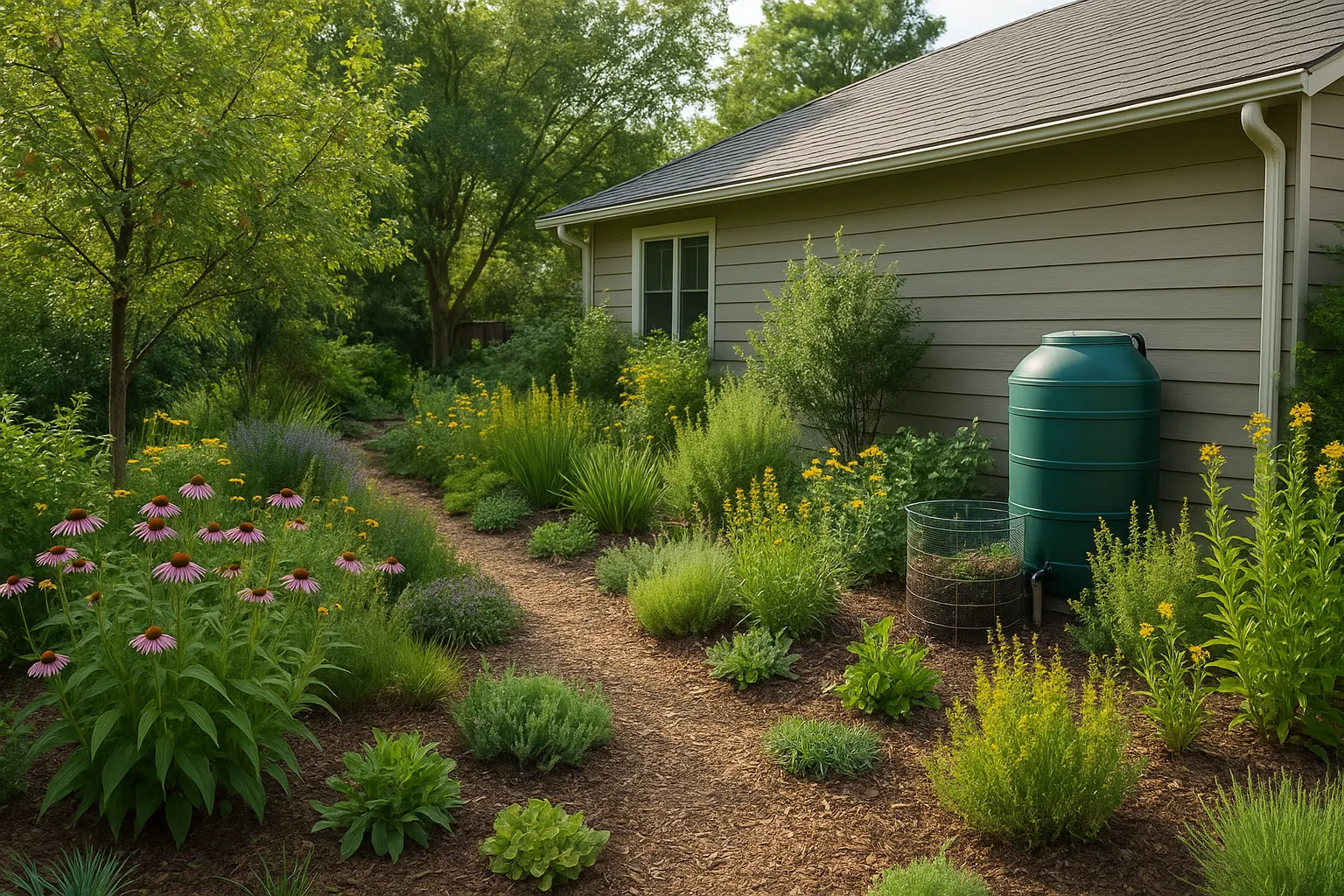If you’re new to gardening and don’t know where to start, this beginner’s guide is for you! Creating a beautiful, flourishing garden starts with planning your space wisely and choosing the right plants. With some patience and love, even green thumbs in training can design a stunning outdoor sanctuary that attracts wildlife and provides delicious fruits or vegetables. From selecting the perfect plot of land to harvesting produce from your garden, this guide will provide step-by-step instructions on how to create an incredible oasis full of life!
Get to know your garden’s environment – consider the climate, soil, and sun exposure
Every garden is unique and has its own environmental factors to consider. Climate, soil, and sun exposure are the three important elements that can make or break your gardening efforts. By understanding the type of climate you have, whether it’s hot or cold, wet or dry, you can select plants that can thrive in that environment. The type of soil you have also plays a crucial role in the health and growth of your plants. Some plants prefer well-draining soil, while others like moist soil. Lastly, sun exposure is vital as it determines the amount of light that plants receive, which in turn affects their growth and development. With a little bit of research and understanding, you can create an ideal gardening environment, ensuring that your plants grow and thrive.

Choose the right plants for your garden – research what will grow well in your area
When it comes to creating a beautiful garden, few things are more essential than choosing the right plants. But how do you know which ones to select? Doing your research and finding out what grows well in your area is key. Consider factors such as your climate, the amount of sunlight your garden receives, and the quality of your soil. These factors can greatly impact the success of your garden, so make sure to choose plants that are suited to your specific conditions. With a little bit of planning and research, you can create a stunning garden that will thrive for years to come.
Prepare the soil – understand pH levels, nutrient content, and other factors affecting plant health
The key to a flourishing garden or farm lies in the soil preparation. Before you start planting, it’s essential to understand the quality and composition of the soil. Soil contains specific characteristics that affect the growth of plants. Its nutrient content, pH levels, and other factors play a vital role in supporting healthy plant growth. The right soil can ensure that your plants have access to the nutrients they need and the right environment to thrive. Understanding the type of soil you have, its pH levels, and nutrient content is crucial for preparing soil that yields a fruitful harvest. With careful planning and preparation, you can create a garden or farm that yields abundant produce and will feel proud of.
Plant correctly – make sure to dig deep enough holes for each plant
Planting correctly is absolutely crucial for ensuring that your plants thrive. One key aspect to consider is whether you’re digging your holes deep enough. If you don’t go deep enough, your roots won’t be able to establish a sturdy base, which can lead to a whole host of problems down the line. Take the time to measure out the right depth for the type of plant you’re working with. It may seem like a small detail, but it can make all the difference in the health and success of your garden. Plus, there’s something satisfying about knowing you’ve put in the work to set your plants up for success!
Water appropriately – understand how much water each type of plant needs
Watering your plants appropriately is essential if you want them to thrive. Each type of plant has different water requirements, and understanding them is key to keeping your garden healthy and beautiful. Some plants require frequent watering, while others can survive with very little. Overwatering can lead to root rot and other problems, while underwatering can cause stress and even death. Take the time to research each plant’s specific needs and adjust your watering schedule accordingly. Your plants will thank you for it with healthy growth and vibrant blooms.

Use natural fertilisers – optimize the nutrients in your soil using safe organic methods
Sustainability is more than just a trend these days, it’s something we should all be working towards for the sake of our planet. One way we can collectively help is by using natural fertilisers in our gardens and outdoor spaces. Not only does this make use of what’s naturally available instead of relying on potentially harmful chemicals, but it also optimizes the nutrients in your soil to help your plants grow to their full potential. Organic methods using compost, manure, and other natural fertilisers are both safe and effective – plus, they’re better for the environment too. Making this small change in your gardening routine can have a big impact on your local ecosystem.
Gardening is a great way to get in touch with nature and take pride in the work of your own hands. With careful research, planning, and patience, you can have a beautiful garden full of vibrant plants blooming season after season. Taking the time to understand your environment- from climate to soil types – and carefully selecting the right plants for your garden is essential for successful gardening. Preparing the soil so that it is nutrient-dense and well-suited for each plant you want to grow helps them thrive in their environment. Planting correctly by digging deep enough holes and adding organic fertilisers allows your garden to benefit from all the nourishment it needs. And, finally, once you’ve done all that hard work, make sure you water appropriately to further optimize growth potential! With careful consideration of all these factors, you can create an amazing garden that will be both beautiful and rewarding.










